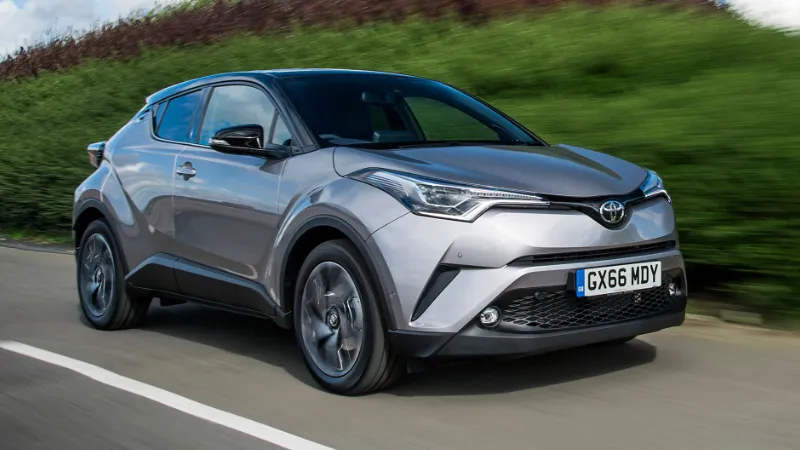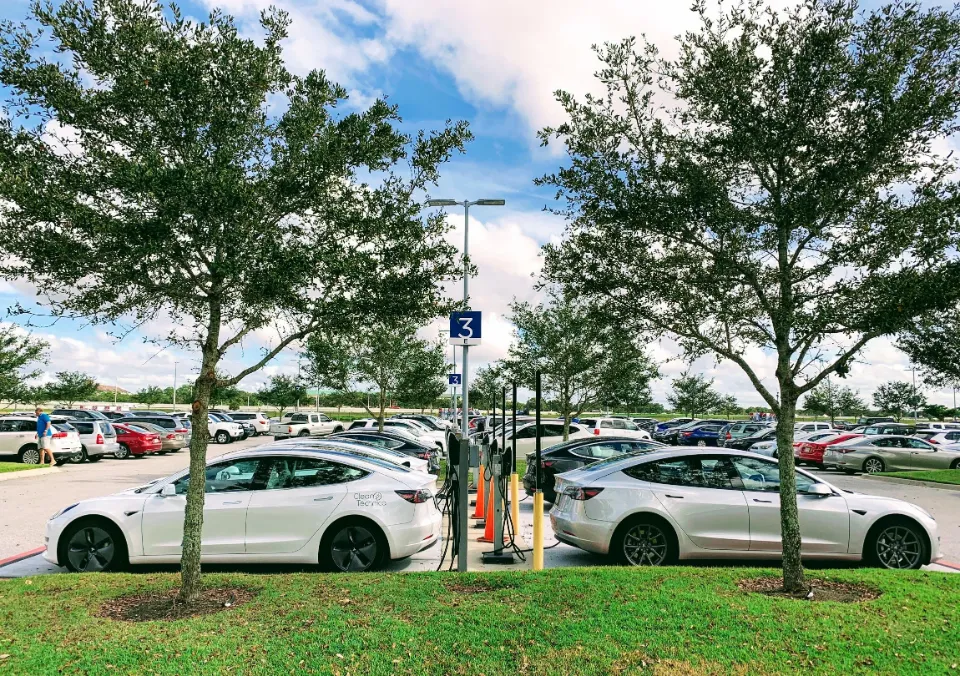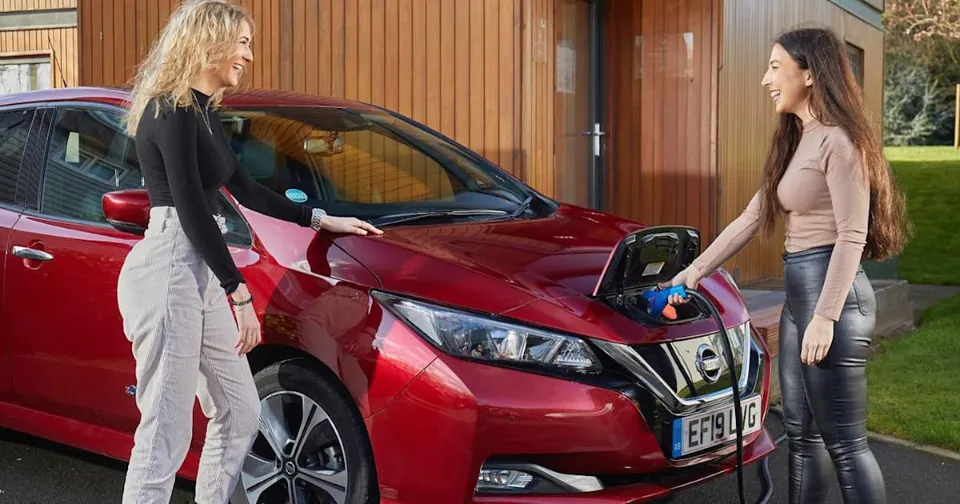What is a Crossover SUV? A crossover SUV is a sport-utility vehicle made primarily for use on maintained roads, whether paved, gravel, or dirt. They often come with a standard front-wheel-drive powertrain but almost always offer an automatic all-wheel-drive (as an alternative AWD) system. AWD is a standard feature on some crossover vehicles.
To discover more, keep reading.
What is a Crossover SUV?
A crossover SUV, also known as a sport utility vehicle (SUV), is a tall, hatchback-like vehicle with four doors and all-wheel drive (AWD) that may also have extra ground clearance. It also stands taller than most cars, which drivers like for the better view of traffic ahead.
Its unibody car platform gives it a distinctive design. This indicates that it combines SUV features with features of a passenger car, such as a station wagon or hatchback.
Plus, it comes in various sizes, like:
- Compact crossovers have a small build, which will hold less cargo and passengers than other models, but is an ideal size to take on the highway and weave in and out of traffic.
- Midsize crossovers are a perfect medium build. In them, you can find all the cargo and passenger room you might expect on an SUV.
- Full-size crossovers are when you need a crossover at max capacity to give you better bulk, cargo, towing, and more. Drive with assurance thanks to the commanding presence this largest crossover gives you on the road.
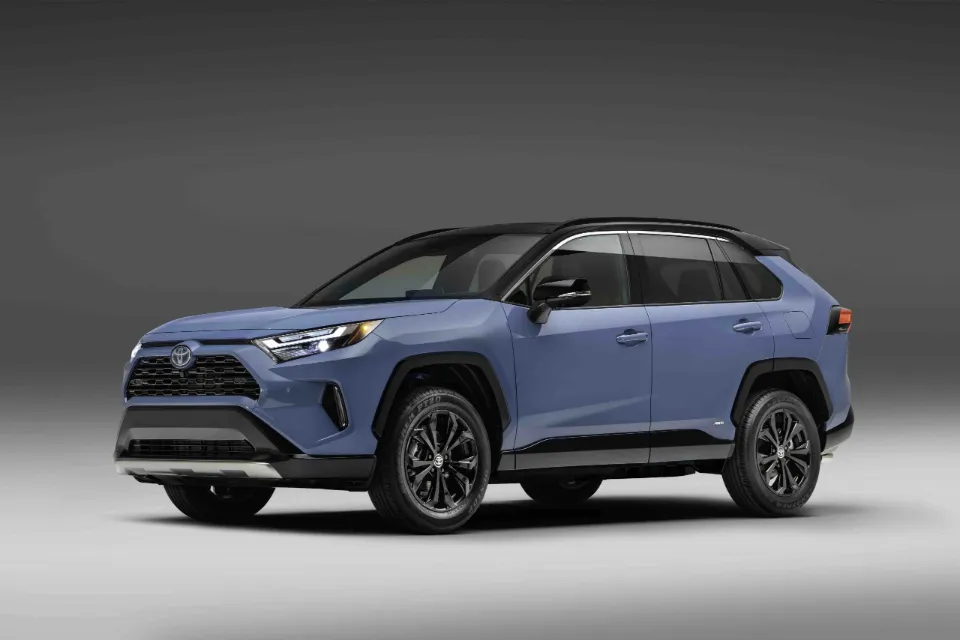
The First Modern Crossover SUVs
In 1995, Toyota and Subaru introduced models that would change the automotive landscape and consumer preferences for decades to come. However, the 1980 AMC Eagle was the vehicle that pioneered the use of AWD and SUV styling in combination on a raised passenger-car platform.
Eagle permanently landed after the 1988 model year, but within a decade, Subaru had applied the exact same recipe to its Legacy station wagon to create the first Outback. By the 1996 model year, Americans had fallen in love with the Ford Explorer, and Family cars are increasingly being replaced by SUVs. The original Legacy Outback provided much of the same utility and capability in a more affordable and efficient package.
Meanwhile, Toyota debuted the first Recreational Activity Vehicle with 4WD (RAV4) for the 1996 model year. It was a peculiarity at the time, being quite small and odd-looking. But the low price, high fuel economy, and promise of Toyota reliability blended with utility and AWD made it appealing.
So, a trend started. Soon, Honda began selling the CR-V, Subaru introduced the Forester, and Ford debuted the Escape. History is what happened next, so to speak. Now, a majority of vehicles sold in America are crossover SUVs.
The Blurring of Crossover Lines
A crossover can be anything, according to the apparent definition. For example, Kia markets the boxy little Soul as a crossover, but technically it’s a multi-purpose vehicle. The Soul lacks all-wheel drive, which, along with higher ground clearance than a standard car, should be a prerequisite to meet crossover SUV classification requirements.
Meanwhile, the 2022 Subaru Forester Wilderness offers a whopping 9.2 inches of ground clearance, standard all-terrain tires, and sophisticated drivetrain technology that allows it to scramble up and down steep grades littered with loose material. It pushes the line between crossovers and conventional SUVs, needing only a transfer case with low-range gearing to be considered one of the latter.
And then there is the Jeep Grand Cherokee, one of the most popular SUVs in America. Like a crossover SUV, the Jeep uses unibody construction. Similar to conventional SUVs, it has a 4WD system with a transfer case and low-range gearing that is optional. Buy one in Trailhawk trim, and the Grand Cherokee is even “Trail Rated,” meaning it has successfully navigated the brutally challenging Rubicon Trail.
But then, so have Jeep’s smaller Renegade, Compass, and Cherokee models when equipped with description of the Trailhawk. All three are “Trail Rated” crossovers. At the same time, most people consider the Grand Cherokee to be an SUV, even in the standard rear-wheel-drive specification or with its optional Quadra Trac I system that offers only high-range 4WD.
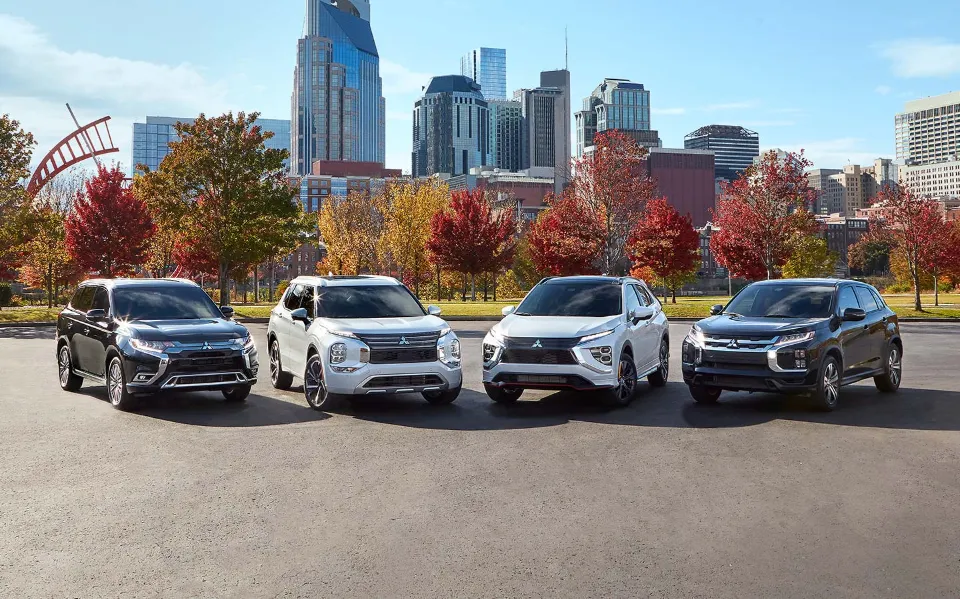
Crossover SUV Vs Traditional SUV
Crossover SUVs and traditional SUVs are similar in many ways. The differences between them, though, are numerous.
For instance, the chassis platform for a crossover is a car. It is only designed to perform minimal off-roading, if any. In contrast, an SUV is primarily constructed on a truck chassis and, with the right drivetrain and suspension options, can travel off-road.
Crossovers usually come in front-wheel drive or full-time AWD. On the other hand, SUVs are typically available with rear-wheel drive or intermittent 4-wheel drive.
Additionally, although crossovers have a ride similar to a car, they offer most of the utility of SUVs. As a result, they might be a little bit simpler to drive, fit through tighter spaces, and stop more quickly. Additionally, they typically get better fuel economy than conventional SUVs.
FAQs
What is the Difference Between a Crossover SUV and SUV?
An SUV and a crossover are only significantly different in their frames. If one is based on a truck’s platform, it’s an SUV, but if it’s based on a car’s platform, it’s a crossover. This indicates that all crossovers are categorized as unibody vehicles, whereas SUVs have a body-on-frame design.
What is Better SUV Or Crossover?
SUVs also take the win in regards to towing-capacity. You can tow more comfortably thanks to its more robust and substantial frame. But while the SUV is the better off-road body type, the crossover is much superior on the road. It is maneuverable and simple to drive around town because it is built on a car frame rather than a truck.
Why Do People Prefer Crossovers?
Practicality is one of the biggest selling points for crossovers. With their smaller and taller packages, these cars can provide station wagon-style practicality that appeals to a wide range of drivers. Small and very practical in daily city traffic are subcompact and compact crossover vehicles.
How Can You Tell If a Car is a Crossover?
Essentially, a crossover is a hatchback car with sports utility vehicle (SUV) design, all rolled into one. In other words, a crossover has all the utility that a hatchback vehicle provides in addition to the bulkier design of an SUV.
Summary: What is a Crossover SUV?
For many years, crossover SUVs and regular SUVs could be easily distinguished from one another. Those times are drawing to an end.
Between high-tech AWD systems that mimic the capabilities of traditional 4WD systems, improvements in towing capacity for SUVs with unibody construction, electric vehicles built on skateboard-style platforms shared with a variety of body styles, and the power of marketing to influence consumer perceptions and opinions, increasingly there is no difference between a crossover SUV and an SUV.
Instead, there are SUVs with vastly different levels of utility and capability, just as there are sports cars with vastly different levels of performance and power.
If you have any questions, please leave a comment. KV Auto tries to give you the best car industry information. Thank you for reading.
You may also be interested:

